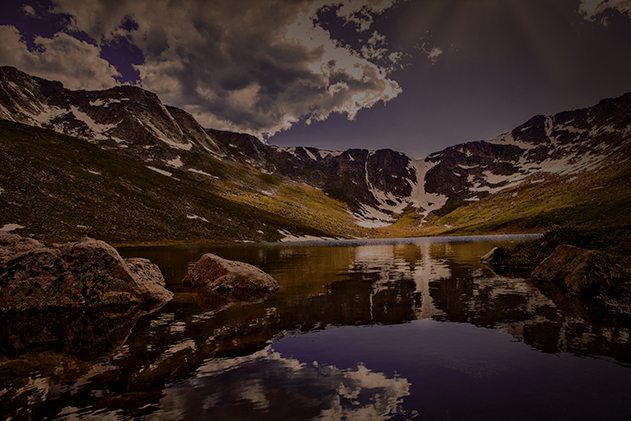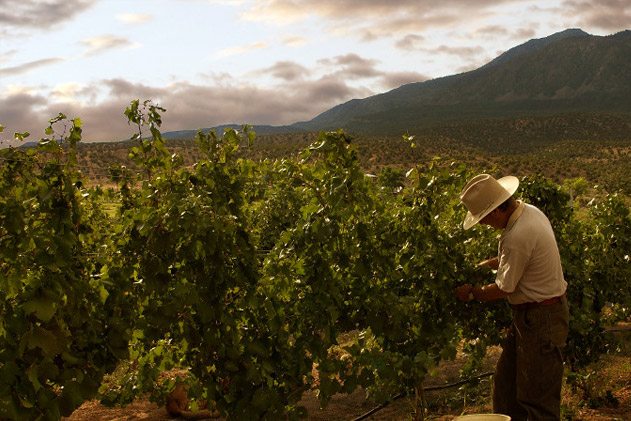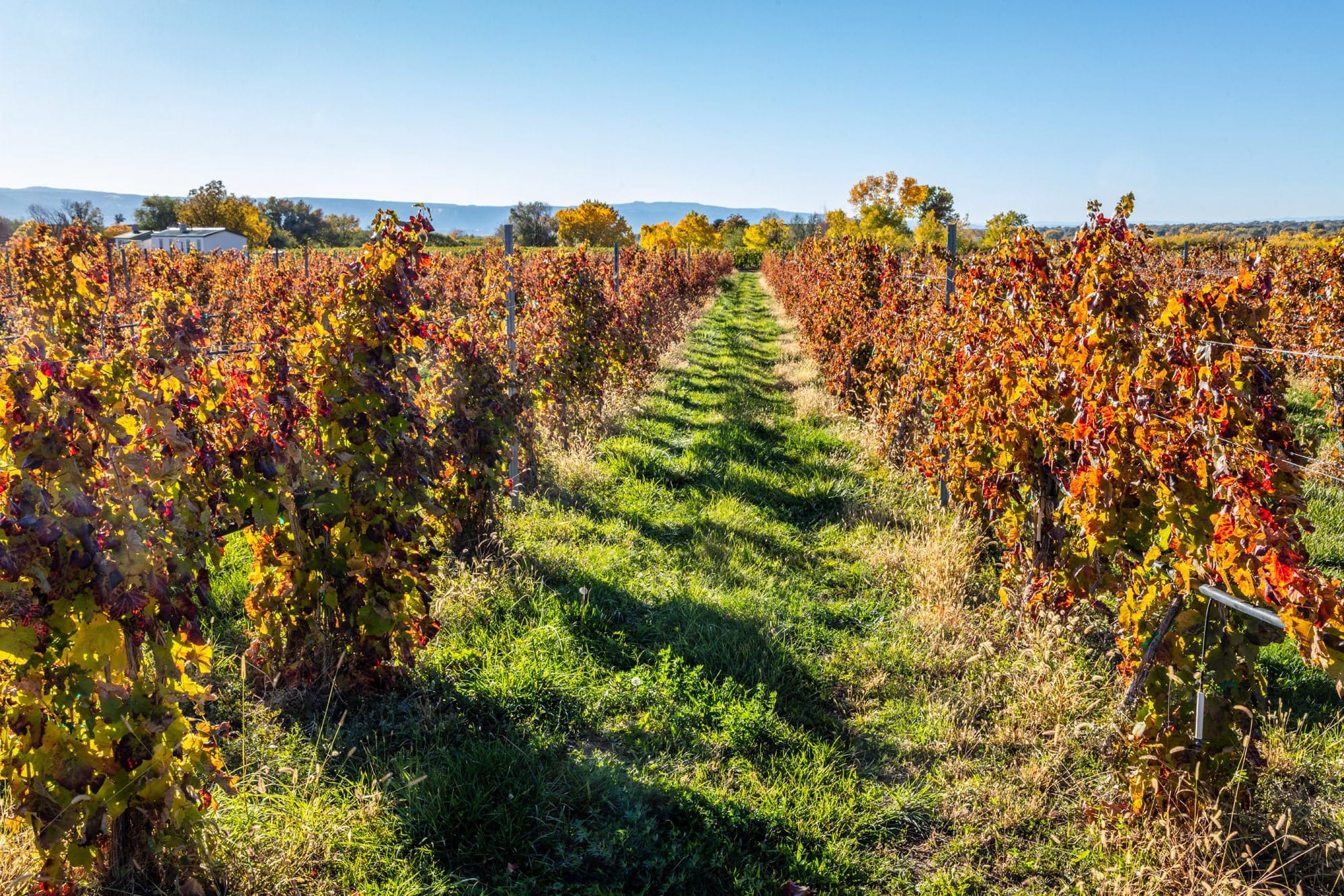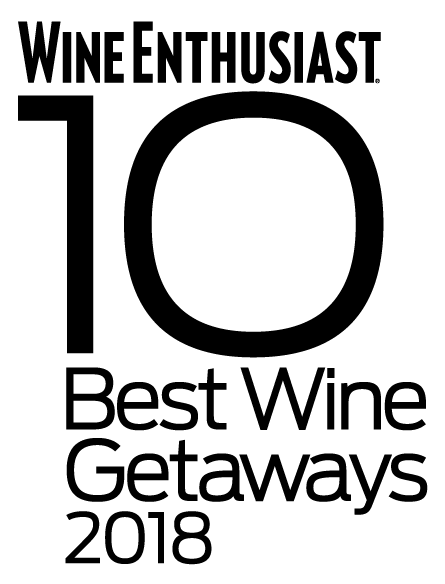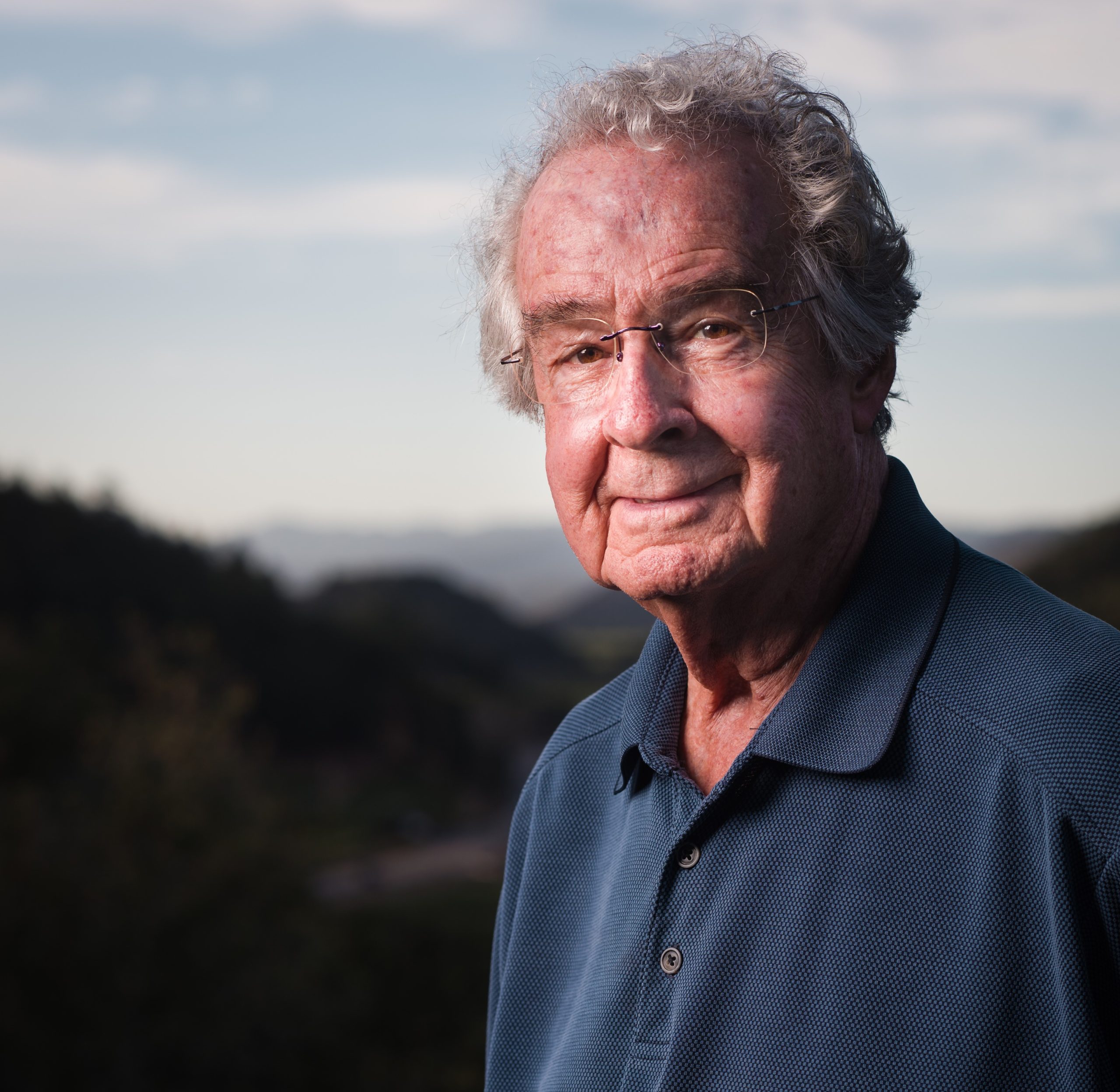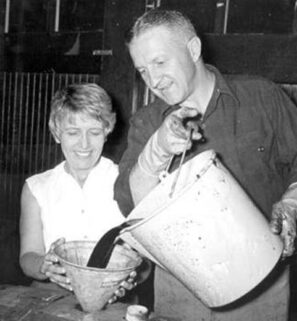Grape growing has persisted on Colorado’s Western Slope because it offers fruit growers a greater diversity of crops and a broader hedge against frost damage. With an early spring frost, growers might lose cherries and apricots, but grapes will still be viable. As the commercial viability of apples has dropped precipitously in the last decade, grapes have increasingly filled that late season harvest slot.
The Colorado wine industry is on the verge of significant expansion and improvement.
